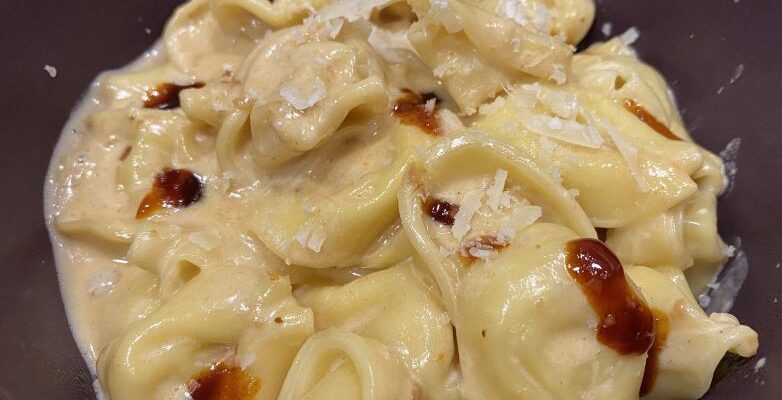Introduction to Goyuncini
Goyuncini, a term that might sound enigmatic to many, has recently emerged as a buzzword in the culinary world. This innovative concept, blending traditional cooking methods with modern culinary techniques, has captured the imagination of chefs and food enthusiasts globally. Goyuncini is not just a cooking technique; it’s a philosophy that redefines how we perceive food and its preparation. In this article, we will delve deep into the origins, practices, and impact of goyuncini on modern cuisine.
Historical Roots and Evolution
The origins of goyuncini can be traced back to ancient culinary traditions, where the emphasis was on simplicity and the ingredients’ natural flavors. The term is derived from a combination of words in different languages, symbolizing the fusion of various cooking cultures. Over time, goyuncini evolved, incorporating elements from classical French, rustic Italian, and exotic Asian cuisines. This evolution was not just about combining different styles but also about respecting each ingredient’s integrity and flavor profile.
The Philosophy Behind Goyuncini
At its core, goyuncini is about harmony and balance in cooking. Its philosophy advocates for a respectful approach to ingredients, emphasizing the need to understand their natural characteristics and how they interact. Goyuncini chefs are known for their meticulous selection of components, focusing on quality, freshness, and sustainability. The philosophy extends beyond the kitchen, promoting a holistic approach to food that encompasses sourcing, preparation, presentation, and consumption.
Goyuncini Techniques and Innovations
Its unique techniques and innovations characterize Goyuncini. One of the hallmarks of goyuncini is the use of slow cooking methods, which allow flavors to develop fully and naturally. Techniques such as sous-vide, slow roasting, and fermenting are commonly employed in goyuncini kitchens. Additionally, goyuncini chefs often experiment with texture and temperature contrasts, creating dishes that are not only delicious but also visually appealing and texturally diverse.
The Impact on Contemporary Cuisine
The impact of goyuncini on contemporary cuisine has been profound. It has challenged chefs to rethink their approach to cooking and menu design. Many restaurants embracing goyuncini have seen a surge in popularity as diners seek out unique and authentic culinary experiences. Furthermore, goyuncini has influenced how culinary education is approached, with cooking schools incorporating its principles into their curriculums.
Sustainability and Ethical Considerations
Sustainability is a critical component of the goyuncini philosophy. Chefs practicing goyuncini are committed to using locally sourced, organic, and ethically produced ingredients. This approach not only enhances the quality of the dishes but also supports local communities and reduces the environmental impact of food production. Goyuncini encourages a deeper understanding and appreciation of where our food comes from and the efforts involved in its production.
Goyuncini in Home Cooking
Goyuncini is not just limited to professional kitchens. Home cooks can also embrace its principles to elevate their cooking. Incorporating goyuncini techniques, such as mindful ingredient selection and slow cooking, can transform everyday meals into extraordinary culinary experiences. It encourages home cooks to experiment with flavors and textures, pushing the boundaries of traditional home cooking.
The Future of Goyuncini
As goyuncini continues to gain popularity, its future looks promising. It can potentially shape the end of the culinary world, inspiring chefs and food enthusiasts to explore new horizons in cooking. The versatility and adaptability of goyuncini make it suitable for various cuisines and dietary preferences, ensuring its relevance in a rapidly changing culinary landscape.
Conclusion
Goyuncini represents a significant cultural shift in the culinary world, blending tradition with innovation to create something unique. Its emphasis on quality, sustainability, and creativity resonates with the current generation of chefs and diners. As we look to the future, goyuncini stands as a testament to the ever-evolving nature of cooking and the endless possibilities in the world of gastronomy.
FAQs
1. What exactly is goyuncini?
Goyuncini is a modern culinary philosophy combining traditional and contemporary cooking methods. It emphasizes the harmony of flavors, quality of ingredients, and a sustainable approach to cooking.
2. How does goyuncini differ from traditional cooking?
Unlike traditional cooking, which often focuses on specific regional or cultural recipes, goyuncini blends various cooking styles and techniques. It prioritizes ingredient integrity, slow cooking methods, and innovative combinations of textures and temperatures.
3. Can goyuncini be practiced in home cooking?
Absolutely. Home cooks can adopt goyuncini principles by focusing on high-quality, locally sourced ingredients, experimenting with slow cooking methods, and exploring new flavor and texture combinations in their dishes.
4. Is goyuncini environmentally sustainable?
Yes, sustainability is a core tenet of goyuncini. It promotes using organic, locally sourced, and ethically produced ingredients, which supports local communities and minimizes environmental impact.
5. What are some standard techniques used in goyuncini?
Standard techniques include sous-vide cooking, slow roasting, fermenting, and contrasting textures and dish temperatures to enhance the dining experience.
6. How has goyuncini influenced modern restaurants?
Many contemporary restaurants have embraced goyuncini, leading to menu innovations, a focus on ingredient quality and sustainability, and an overall enhancement of the dining experience.
7. Can goyuncini accommodate different dietary preferences?
Yes, the flexibility of goyuncini allows it to adapt to various dietary preferences, including vegetarian, vegan, gluten-free, and other specific nutritional needs.
8. How has goyuncini impacted culinary education?
Culinary schools have started incorporating goyuncini principles into their curriculums, teaching upcoming chefs about sustainable sourcing, innovative cooking techniques, and ingredient integrity.
9. What future trends are anticipated in goyuncini?
The future of goyuncini likely includes further exploration of sustainable practices, a fusion of more global culinary traditions, and continuous innovation in cooking techniques and ingredient usage.
10. Where can I learn more about goyuncini?
To learn more, consider exploring culinary websites, attending workshops or seminars led by chefs who specialize in goyuncini, or reading books and articles focused on modern culinary trends and sustainable cooking practices. Top of Form
Read Also: MatellyTV: Revolutionizing Television Consumption in the Digital Age.










